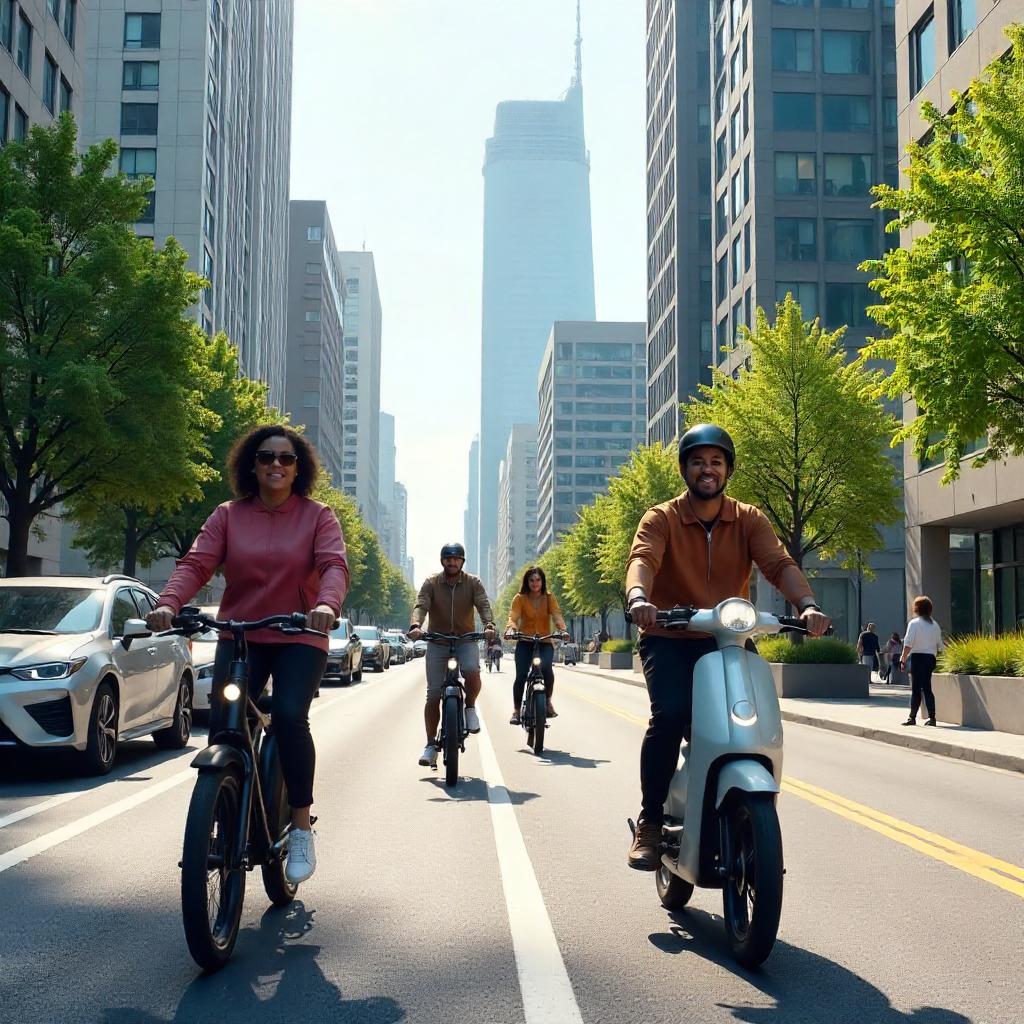
Alright, buckle up, buttercup! Let’s talk electric two-wheelers: e-bikes and e-scooters. Think of them as the caffeinated cousins of their pedal-powered and push-powered ancestors. They’re zippy, convenient, and are rapidly reshaping urban mobility, but with a few quirks you should know about.
E-bikes: The Muscle-Powered (with a Boost) Option
E-bikes are essentially bicycles with an electric motor providing assistance. This assistance comes in various forms: pedal assist (the motor kicks in when you pedal), throttle-only (you control the speed with a throttle), or a combination of both. Range varies wildly depending on the battery size, motor power, and terrain, but you can generally expect anywhere from 20 to 100+ miles on a single charge.
The beauty of e-bikes is their versatility. They’re fantastic for commuting, tackling hills that would leave you gasping for air, and exploring trails that previously seemed too challenging. Different e-bike styles cater to various needs: from sleek city commuters to rugged mountain bikes, there’s an e-bike for every personality (and budget). Many e-bikes maintain a relatively natural feel; you’re still actively pedaling and getting a workout, just with a helpful electric boost.
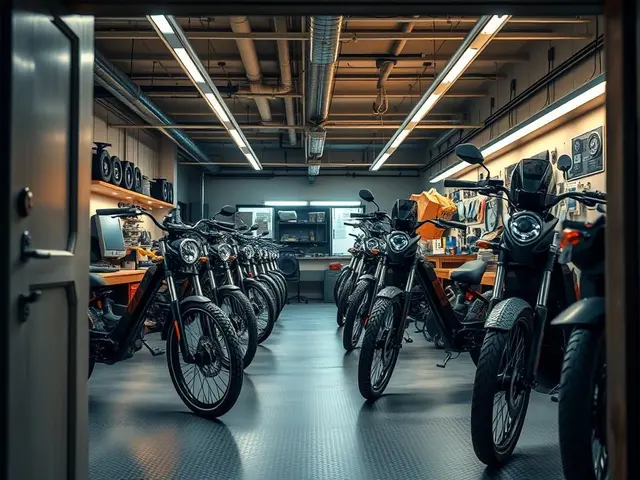
E-Scooters: Zip, Zoom, and… Maybe a Fall?
E-scooters, on the other hand, are purely electric. You stand on a platform, twist the throttle, and off you go. They’re incredibly convenient for short trips, weaving through traffic with ease (within legal limits, of course). Their smaller size makes them perfect for navigating crowded streets and squeezing into tight spaces, a stark contrast to the bulkier e-bikes. However, they typically offer a much shorter range than e-bikes, usually around 15-30 miles, depending on the model and conditions.
The portability of e-scooters is a major selling point. Many models fold up compactly, making them easy to carry onto public transport or store in small spaces. But this convenience comes at a cost – e-scooters generally offer less stability than e-bikes, particularly at higher speeds or on uneven surfaces.
The Helmet Conundrum: Safety First, Always
This is where we get serious. Whether you’re zipping around on an e-scooter or powering up a hill on an e-bike, a helmet is non-negotiable.
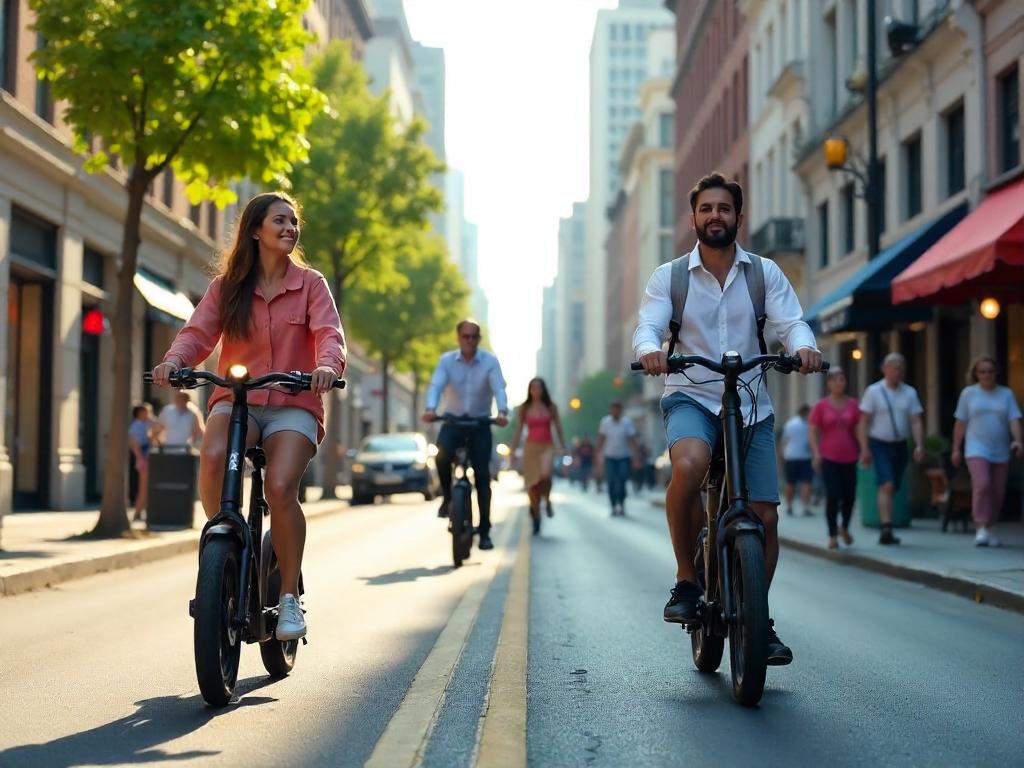
It’s not just about following the law (check your local regulations – they vary widely); it’s about protecting your precious brain.
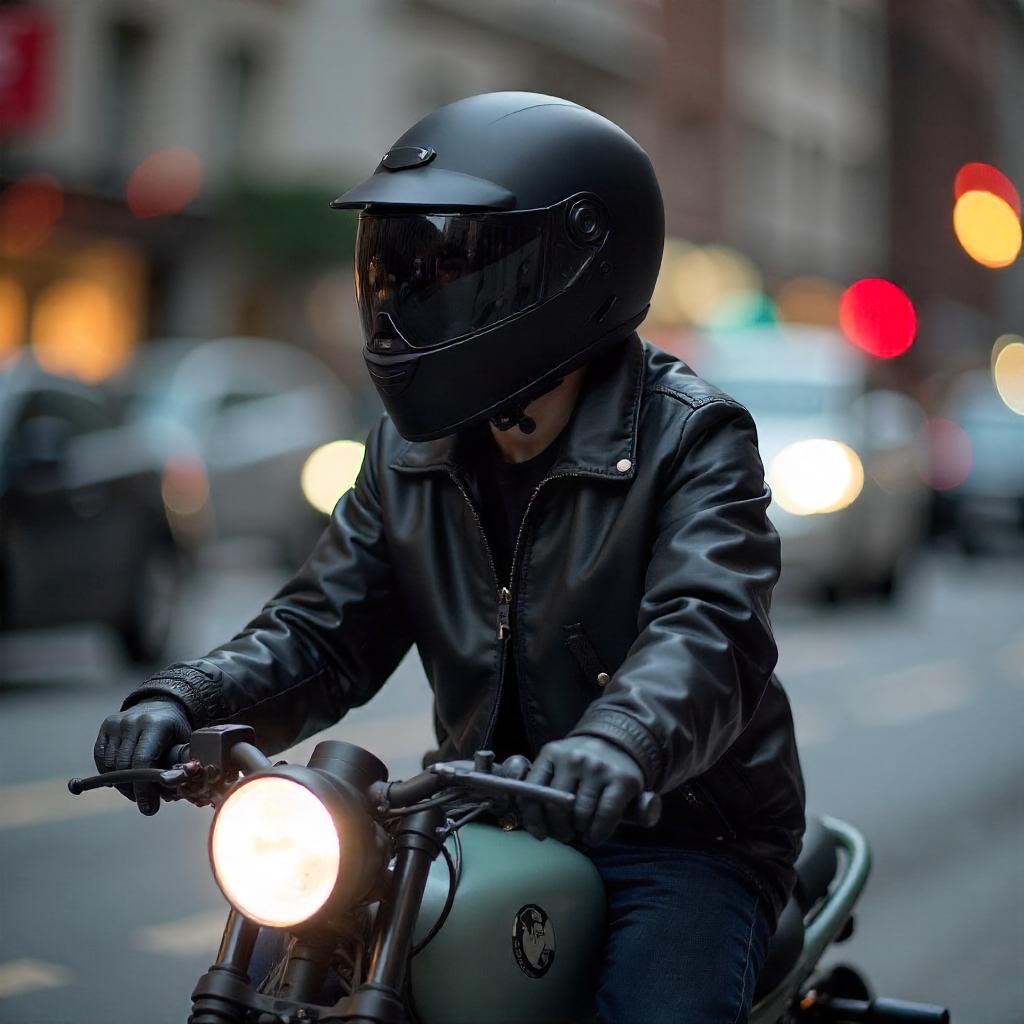
Head injuries from falls are a significant risk with both e-bikes and e-scooters, and a helmet is your best defense. Don’t be a statistic; choose a well-fitting helmet that meets safety standards.
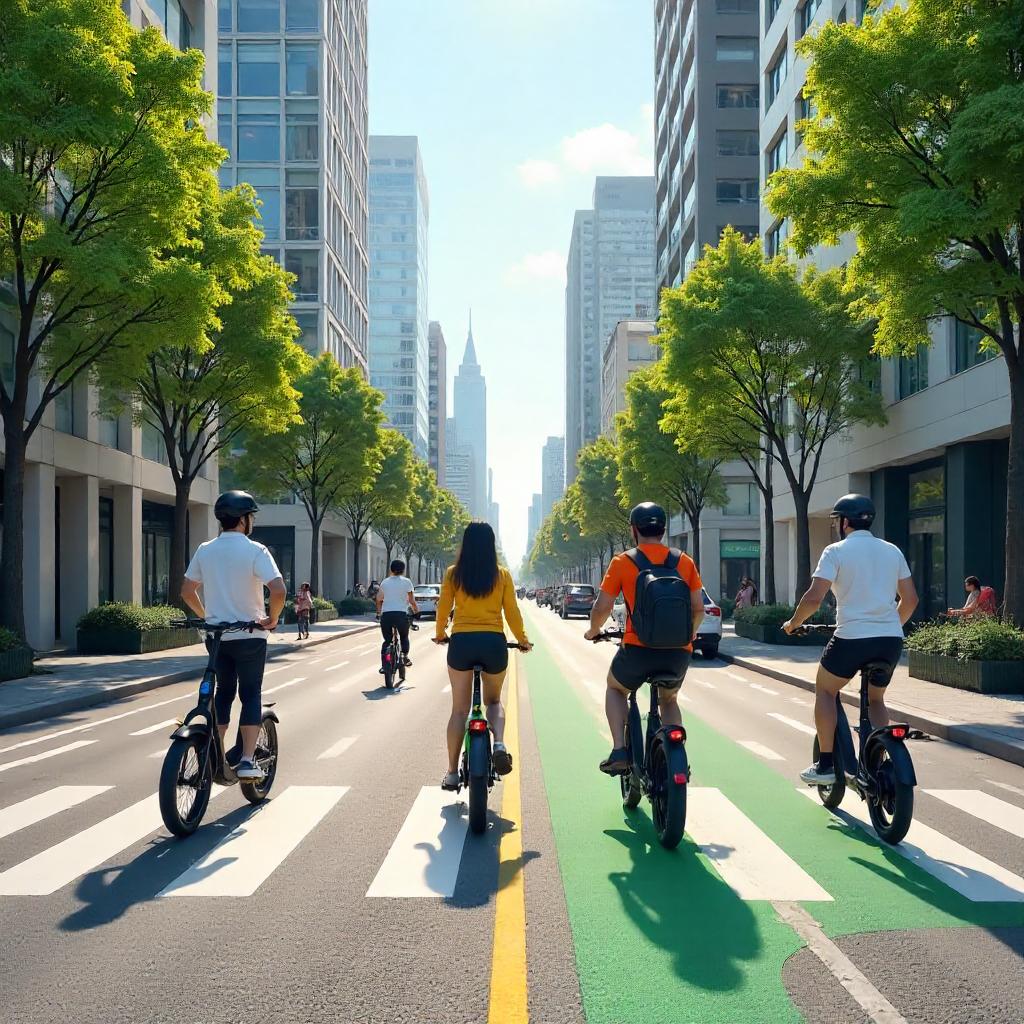
Beyond the Basics: Considerations
Beyond helmets, think about these factors:
* Legality: Rules surrounding e-bikes and e-scooters vary dramatically by location. Understand the speed limits, required equipment, and permitted riding areas before you hit the road.
* Maintenance: Both require regular maintenance, including tire pressure checks, brake inspections, and battery care.
* Cost: Prices range from a few hundred dollars for basic models to several thousand for high-end options. Consider your needs and budget carefully.
* Infrastructure: The availability of dedicated bike lanes and charging stations significantly impacts the practicality of e-bikes and e-scooters.
In short, e-bikes and e-scooters are fun, efficient, and environmentally friendly modes of transportation. But remember, with great power (and speed) comes great responsibility. Wear a helmet, follow the rules, and enjoy the ride! Now, if you’ll excuse me, I have an e-scooter appointment…with destiny.
